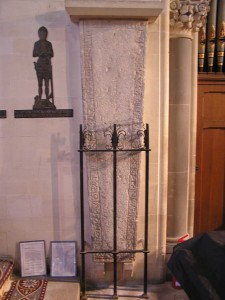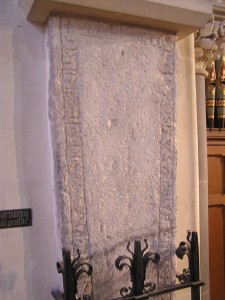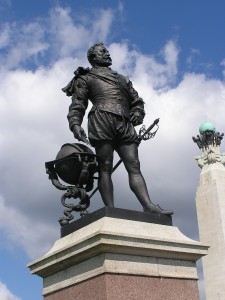During the French wars, the mail coaches were used for the official dissemination of news. When the Peace of Amiens was proclaimed in 1801, the coaches carried placards announcing ‘Peace with France’. Each driver wore a sprig of laurel, emblematic of peace, in his hat.
My cousin tells me that her great-uncle, Willie Trotman, had heard at second hand of the arrival of the mail coach in Beaminster, Dorset, in late June 1815. On this occasion, the entire coach was decked in laurel, the breathless driver announcing ‘Bloody news’ – that of the victory at Waterloo – to the excited onlookers. The original eyewitness is said to have been Uncle Willie’s great-grandmother, Ann Cox of Farrs, Beaminster (1770 – 1822), though I suspect that other members of his family would have remembered the event. The pace of life in country towns being rather slow, the arrival of any coach was liable to draw a crowd, if only to see who got off.
Ann Cox of Farrs was the grandmother of Ann Symes Trotman (born Cox), whose grandchildren would pester her to repeat the story, it being so unusual to hear her say ‘bloody’. Similar stories were handed down in other families, such as that of Thomas Hare (1806 – 91, pioneer of the Single Transferable Vote) who is said to have run alongside the same coach at Dorchester as a child. (So he told his grandson, Harold Clayton (1874 – 1963), who told my informant, Richard Hare (1922 – 2010).) See my ‘Dorset Families’ page for this and for a photograph of a later version of the Beaminster stagecoach.


